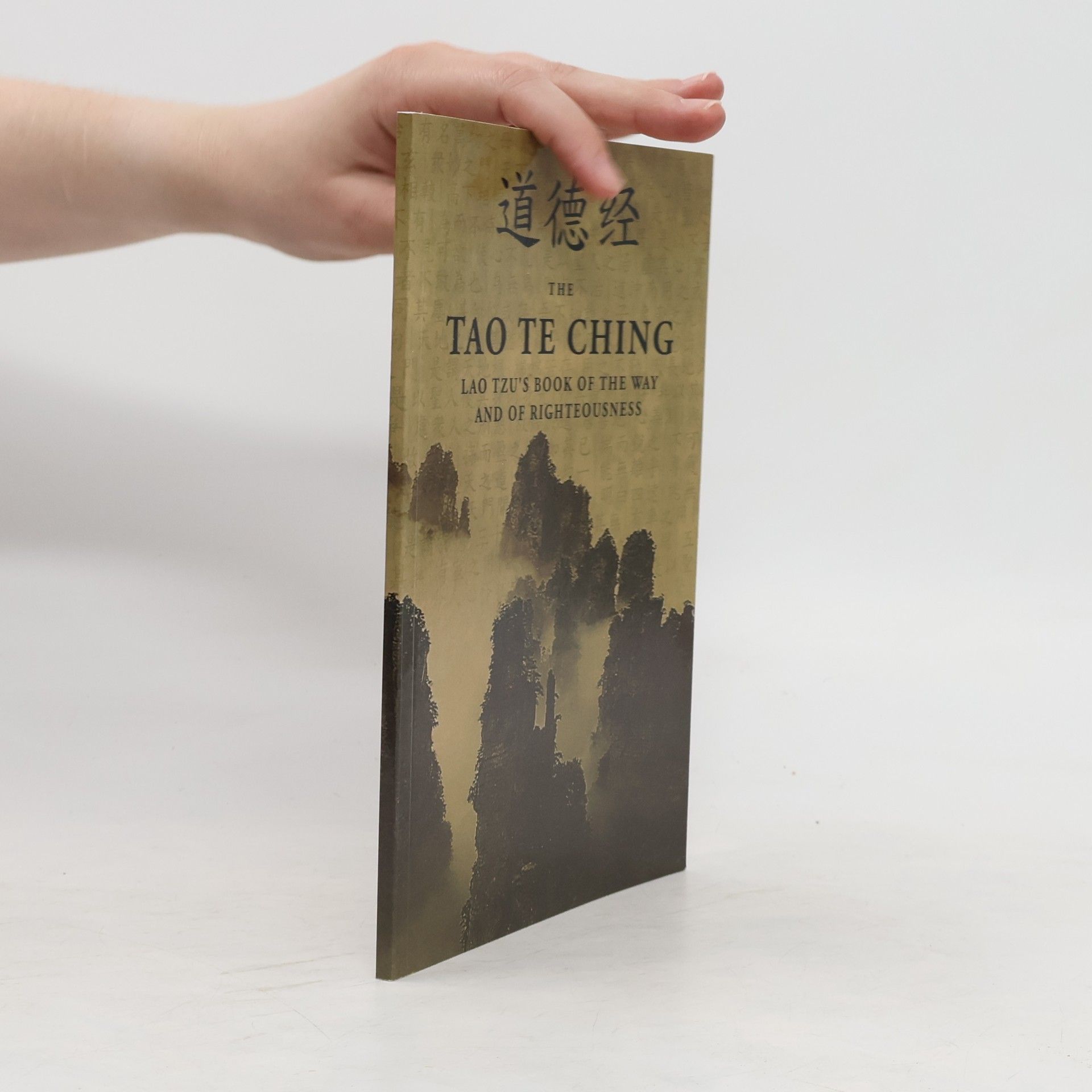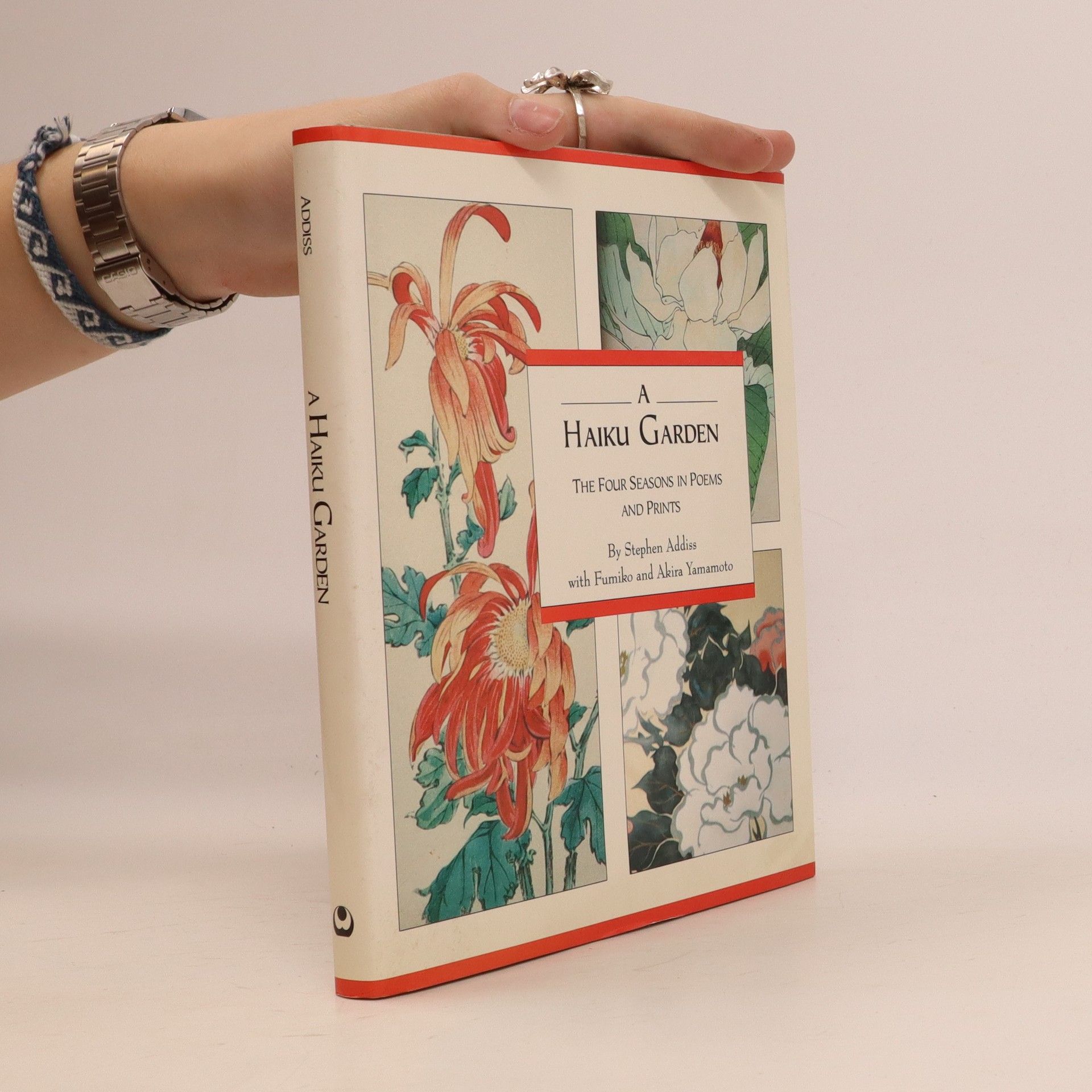In the past hundred years, haiku has gone far beyond its Japanese origins to become a worldwide phenomenon—with the classic poetic form growing and evolving as it has adapted to the needs of the whole range of languages and cultures that have embraced it. This proliferation of the joy of haiku is cause for celebration—but it can also compel us to go back to the to look at haiku’s development during the centuries before it was known outside Japan. This in-depth study of haiku history begins with the great early masters of the form—like Basho, Buson, and Issa—and goes all the way to twentieth-century greats, like Santoka. It also focuses on an important aspect of traditional haiku that is less known in the haiku art. All the great haiku masters created paintings (called haiga ) or calligraphy in connection with their poems, and the words and images were intended to be enjoyed together, enhancing each other, and each adding its own dimension to the reader’s and viewer’s understanding. Here one of the leading haiku scholars of the West takes us on a tour of haiku poetry’s evolution, providing along the way a wealth of examples of the poetry and the art inspired by it.
Stephen Addiss Livres





A Haiku Garden
- 112pages
- 4 heures de lecture
Some 120 haiku by such masters as Basho, Issa, and Buson—all written on themes of the beauty of nature—are combined with the woodblock prints and paintings of the great artists of classical Japan. The poems appear both in skillful English translation, as well as in the original Japanese.
A commentary and detailed analysis of the first book of the Bible - Genesis"- Provided by publisher.
The Tao Te Ching
- 78pages
- 3 heures de lecture
The Tao Teh King (Tao Te Ching) forms the fundamental core of modern Taoist philosophy and has informed the beliefs and mode of life of the people of China for 2500 years. For all those who seek peace, contentment, harmony and balance in life, the Tao Teh King is an indispensable resource. Lao Tse's words speak directly to the heart with simple, direct and profound wisdom addressing the core principles of the art of living well.The translation and commentary presented here was completed between 1921 and 1923 and serialized in the periodical magazine The Theosophical Quarterly. The society responsible for the periodical was dissolved some fifteen years later, leaving this translation to lay dormant these many years. It is reproduced verbatim, but with an adjustment in formatting-providing the translation itself, in whole, prior to the commentary-the addition of a foreword, and of additional notes.Charles Johnston's article on the Religion of China, reproduced in this volume, demonstrates the depth of his understanding not only of Ancient China and its religious life, but of its place in the larger context of human religious thought. This wider contextual grasp lends itself to a much more expansive commentary upon the Tao Teh King than we commonly find, as Johnston is able to draw many parallels to other world-teachings, some of which the student may be more intimately familiar.
Art History and Education
Disciplines in Art Education: Contexts of Understanding
- 248pages
- 9 heures de lecture
Guided by Stephen Addiss's grounding in art history scholarship and Mary Erickson's expertise in art education theory and practice, this volume approaches the issue of teaching art history from theoretical and philosophical as well as practical and political standpoints. In the first section, Addiss raises issues about the discipline of art history. In the second, Erickson examines proposals about how art history can be incorporated into the general education of children and offers some curriculum guides and lesson plans for art educators.